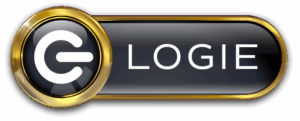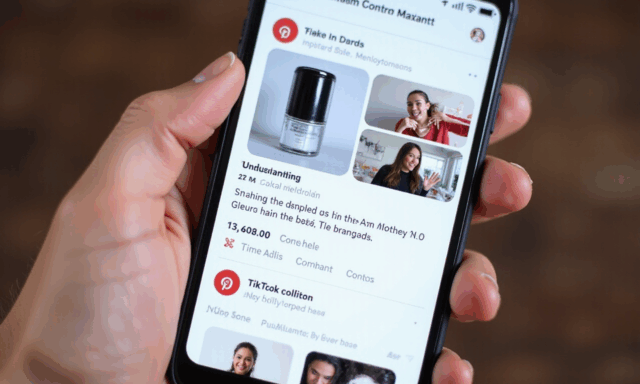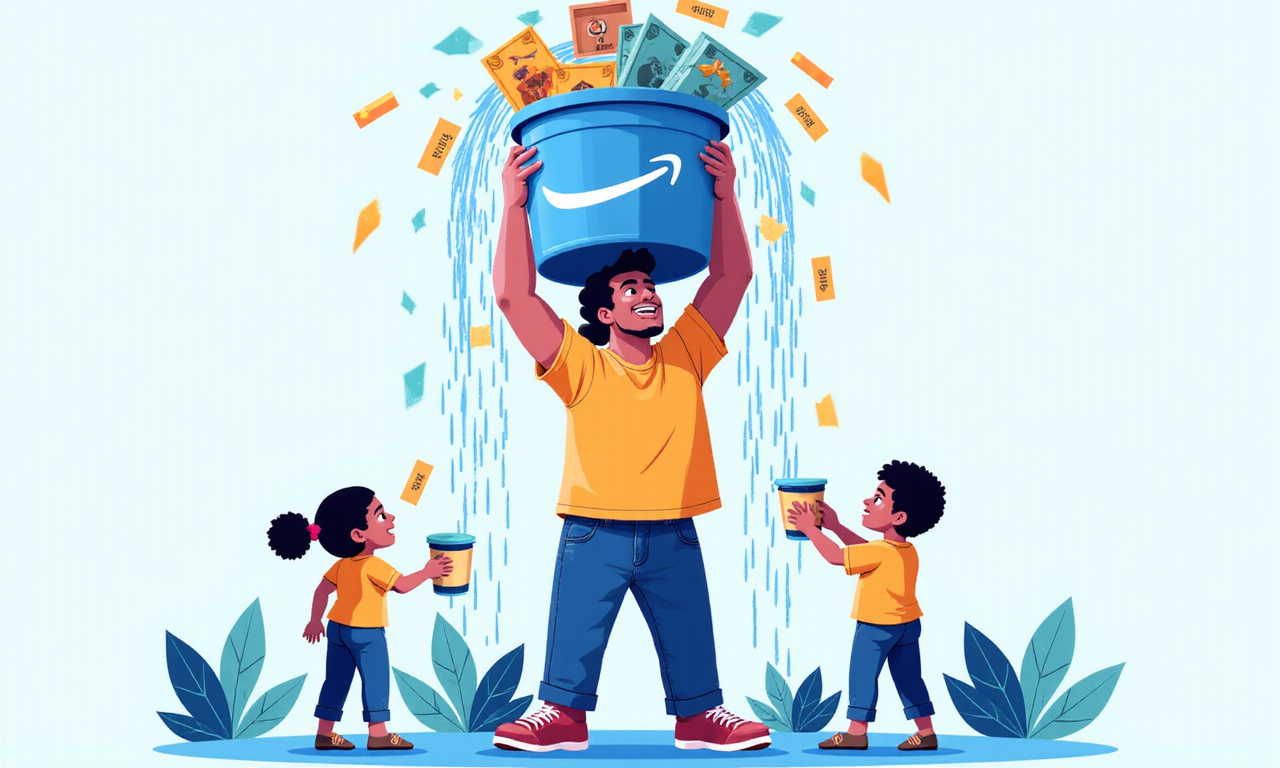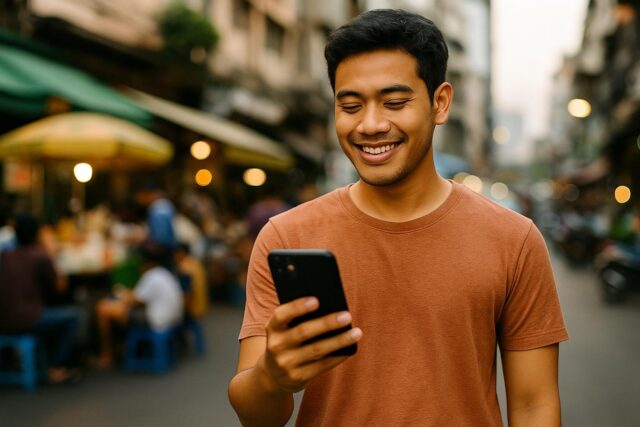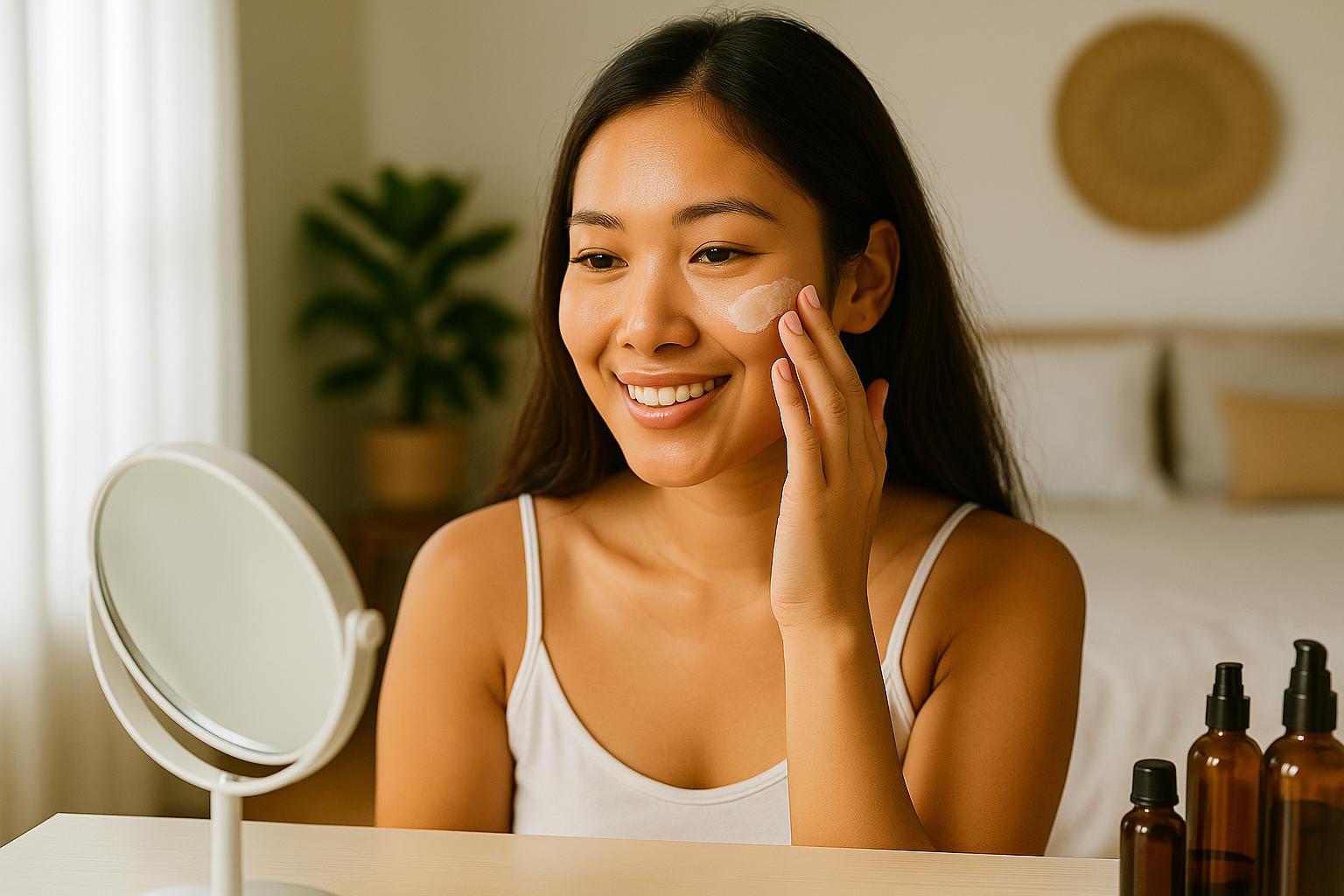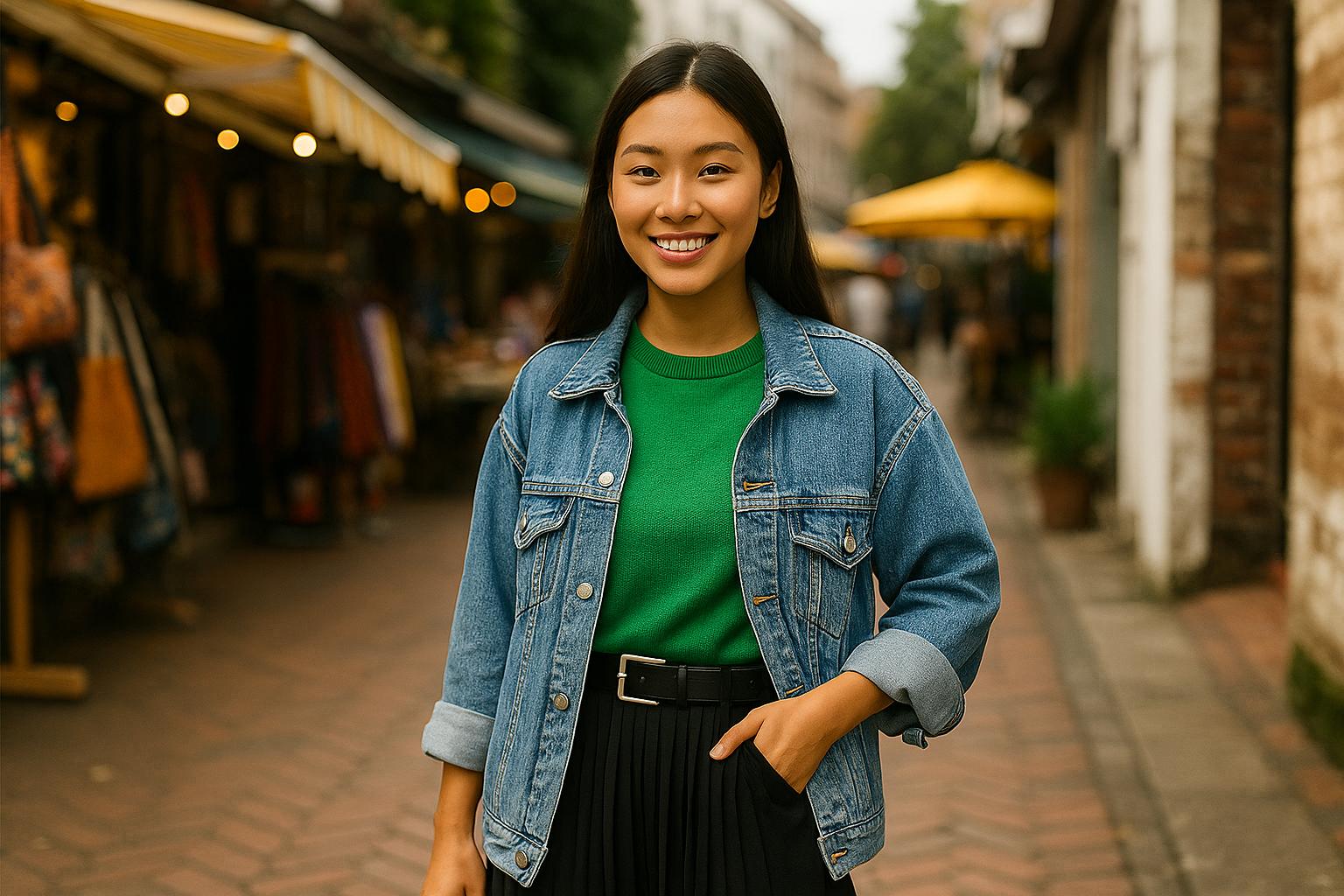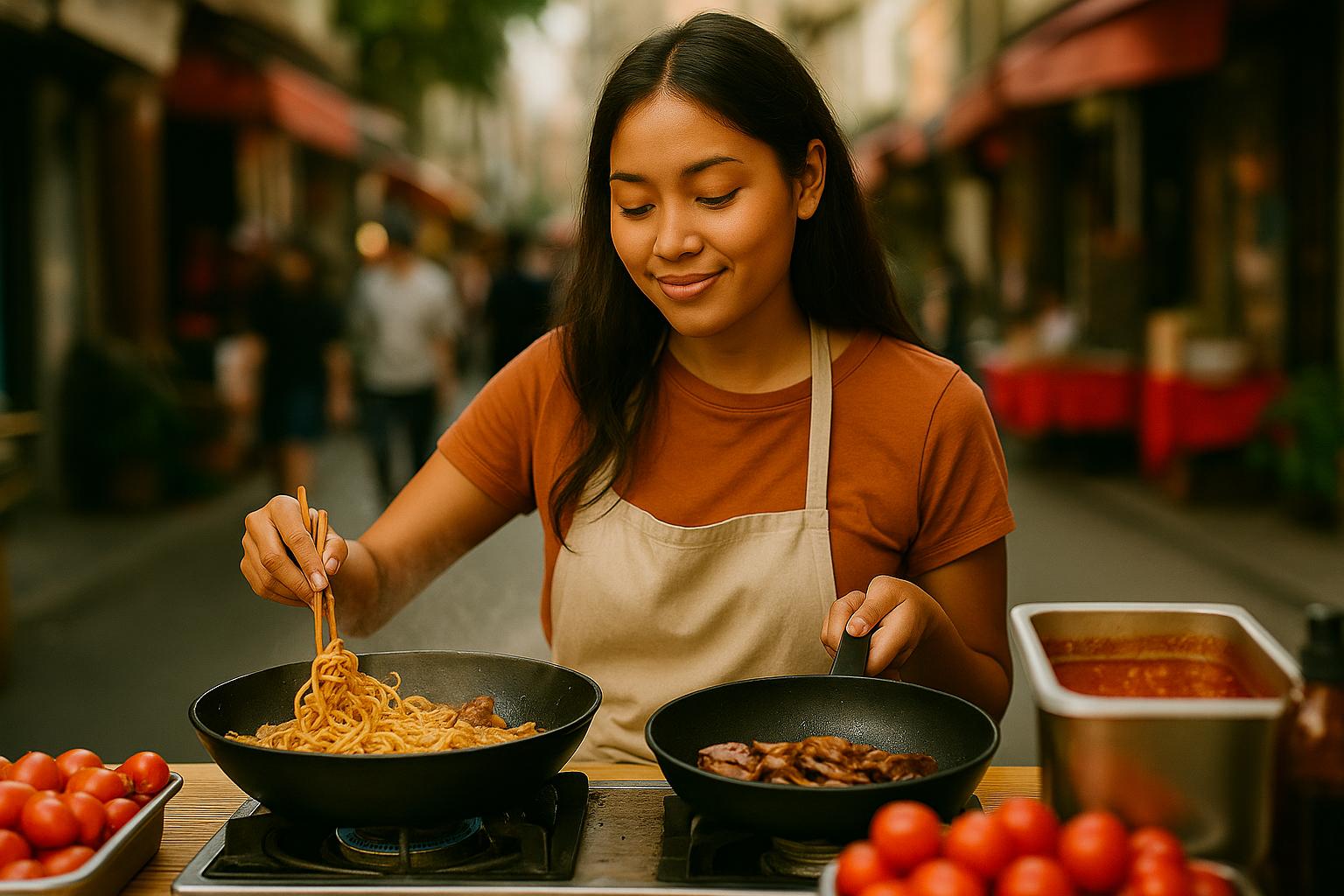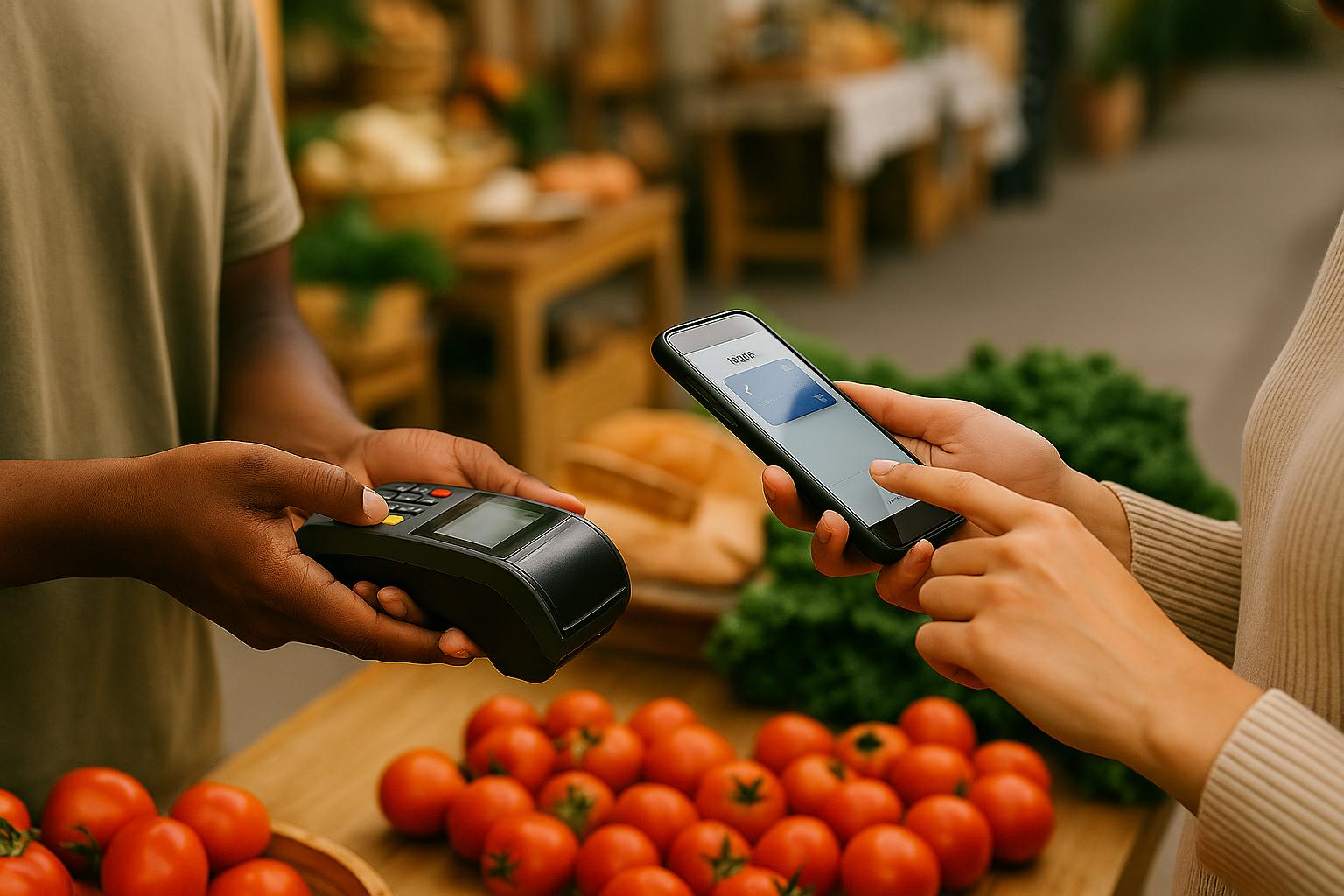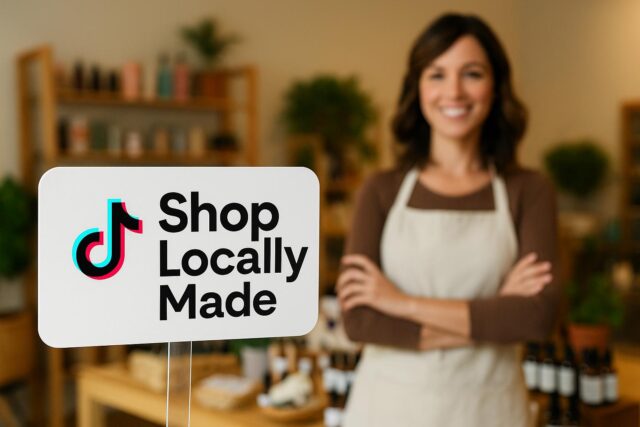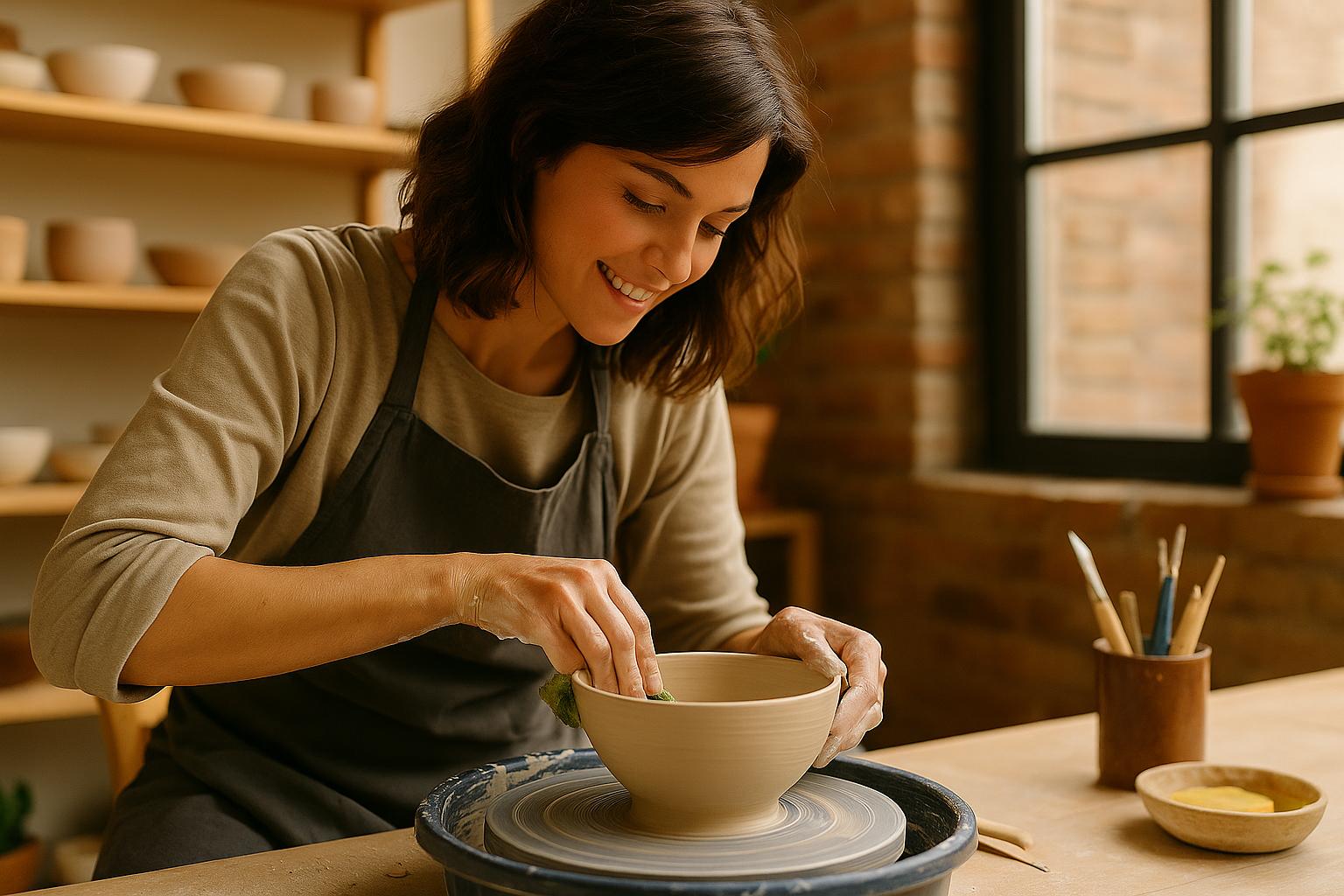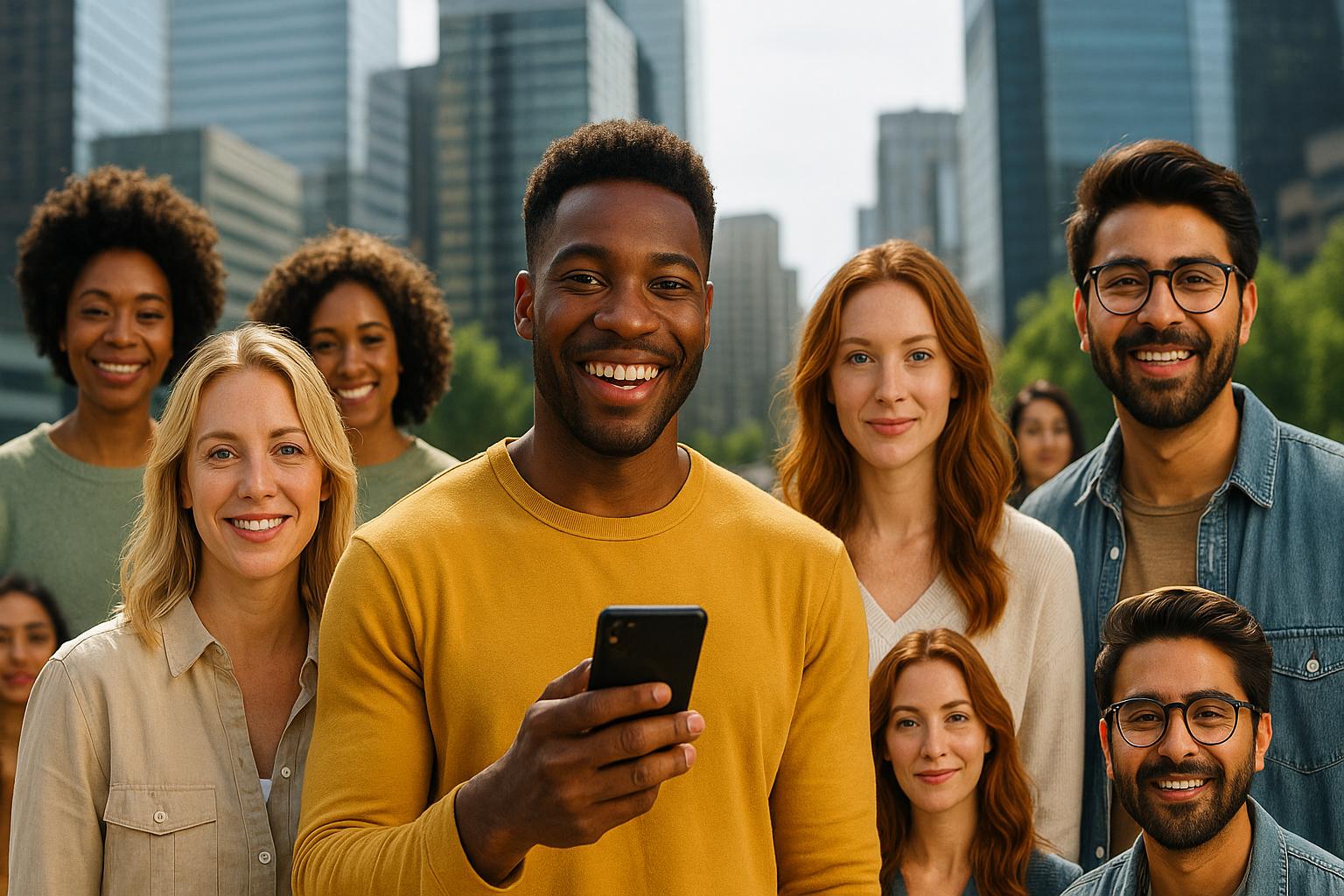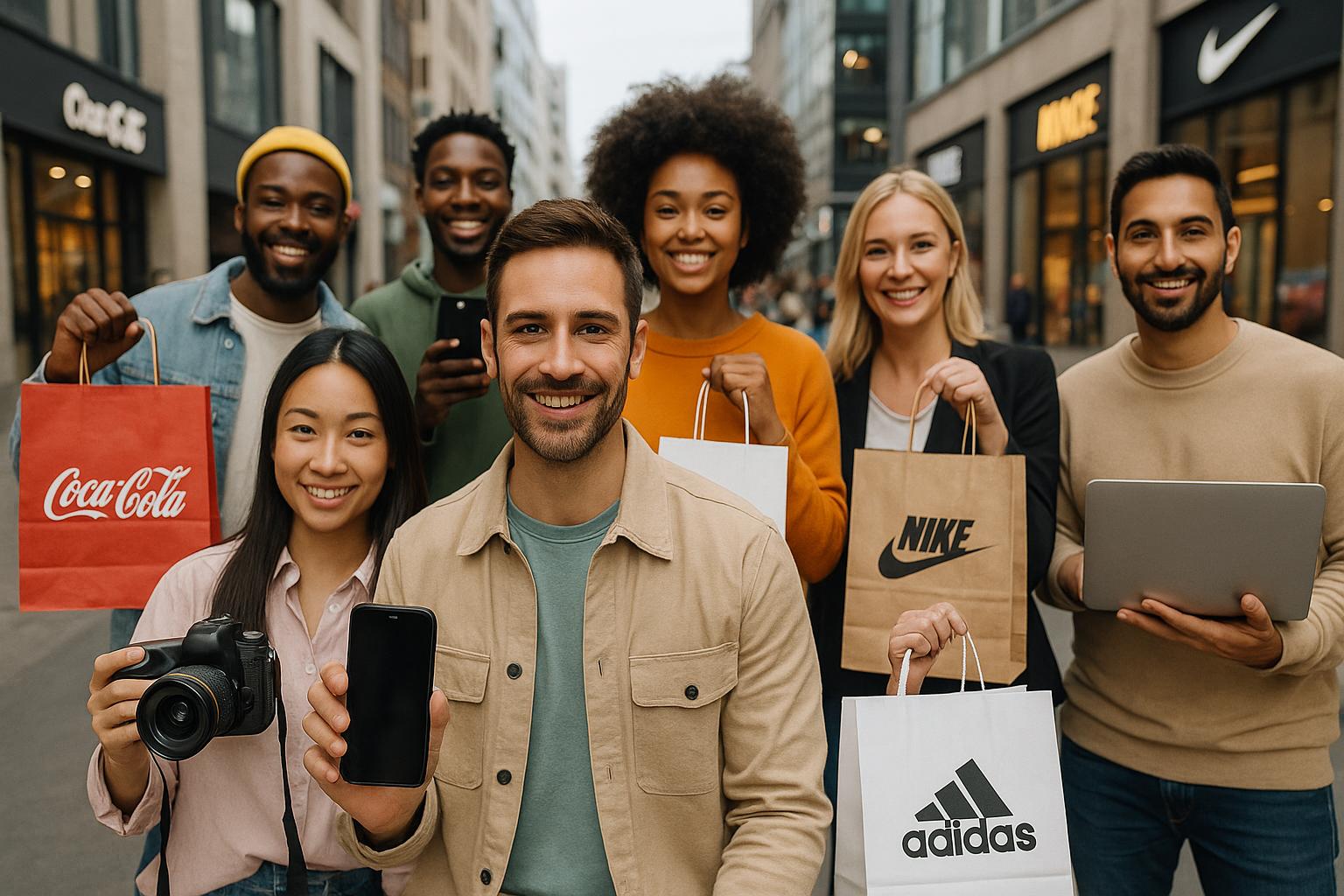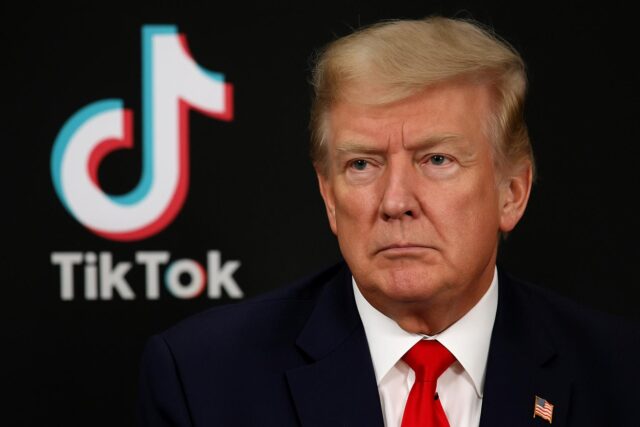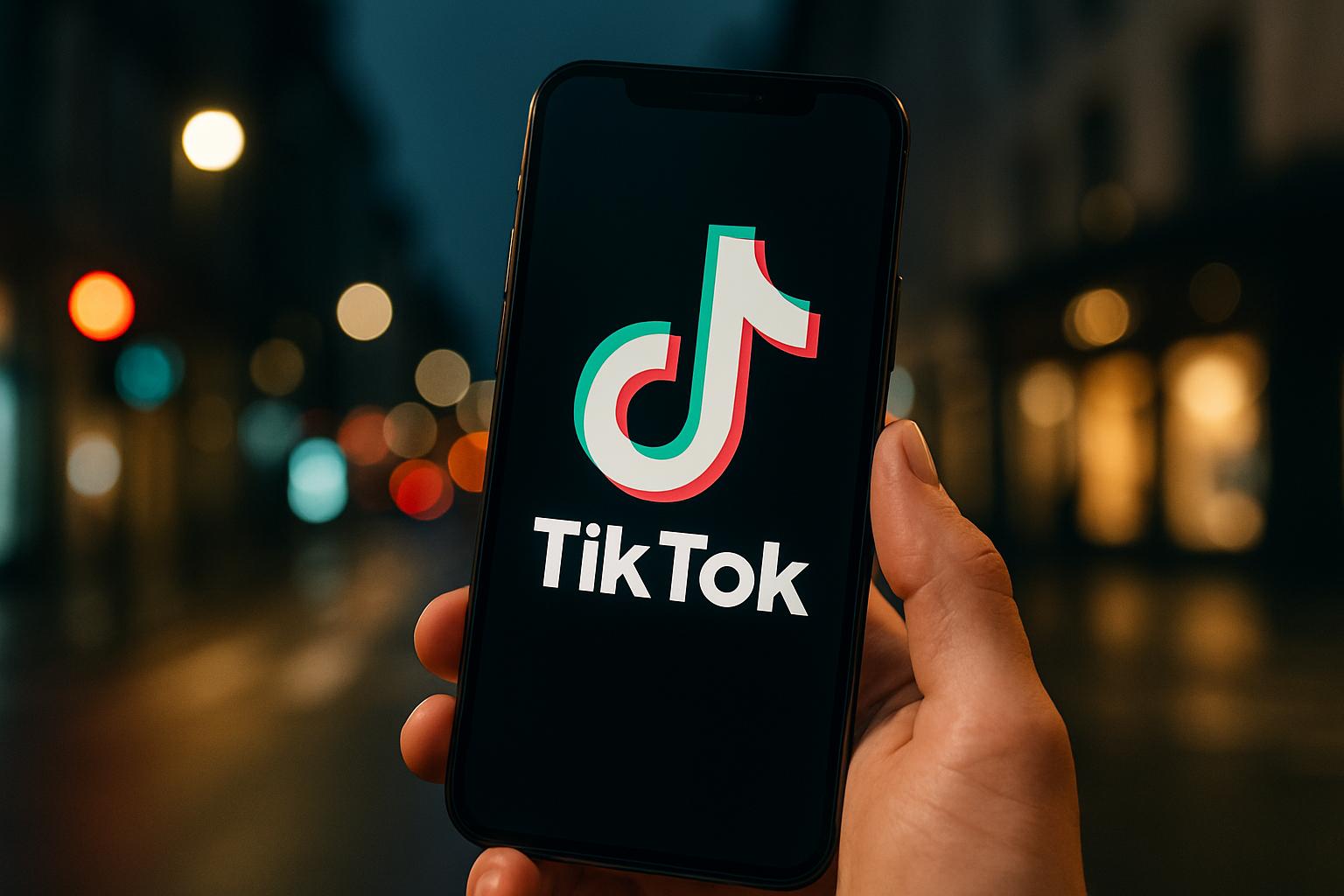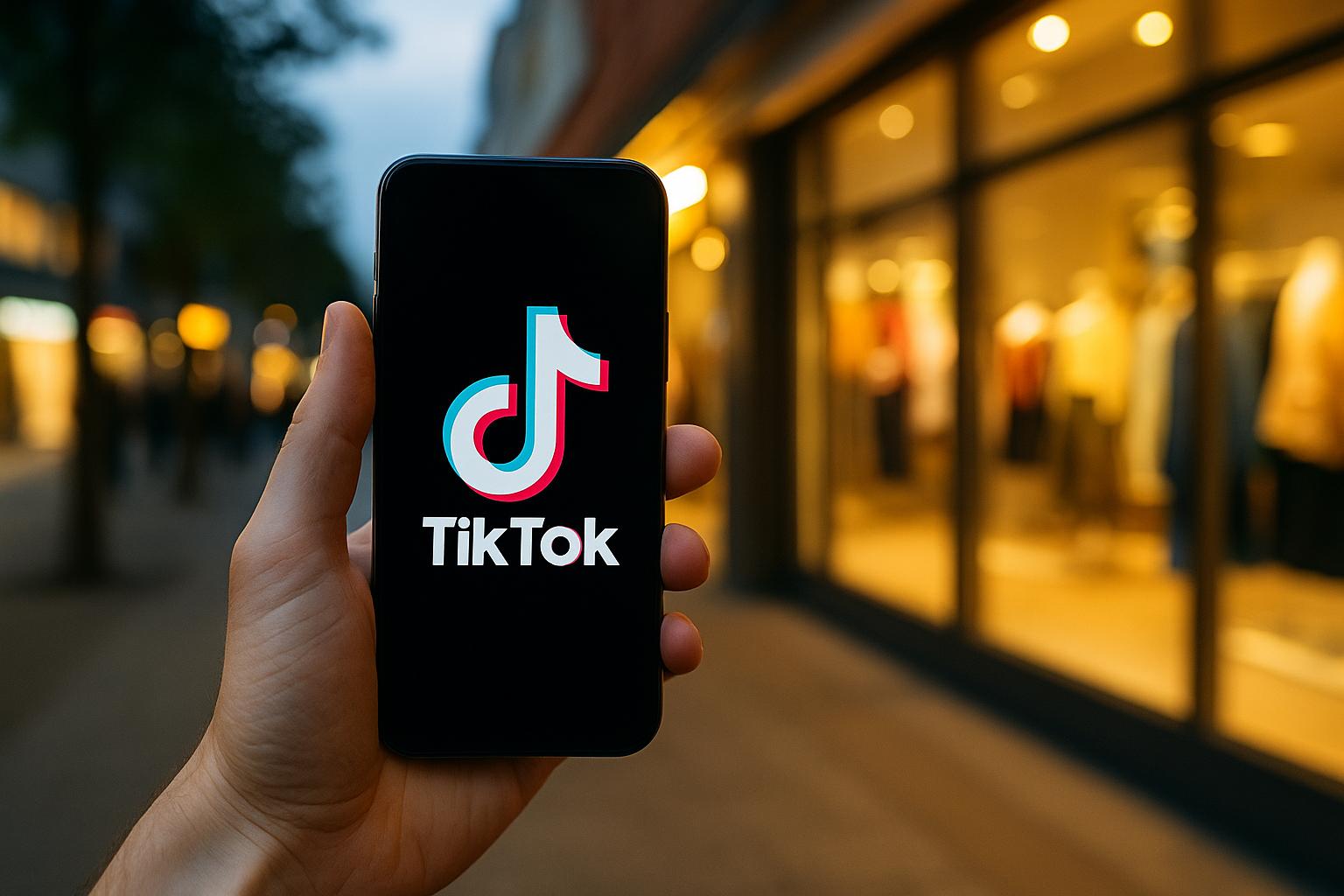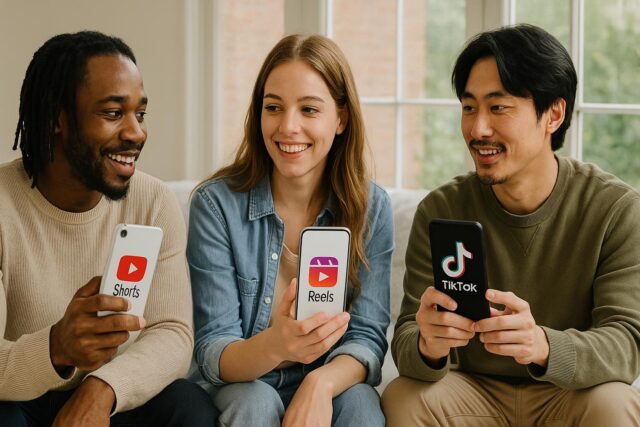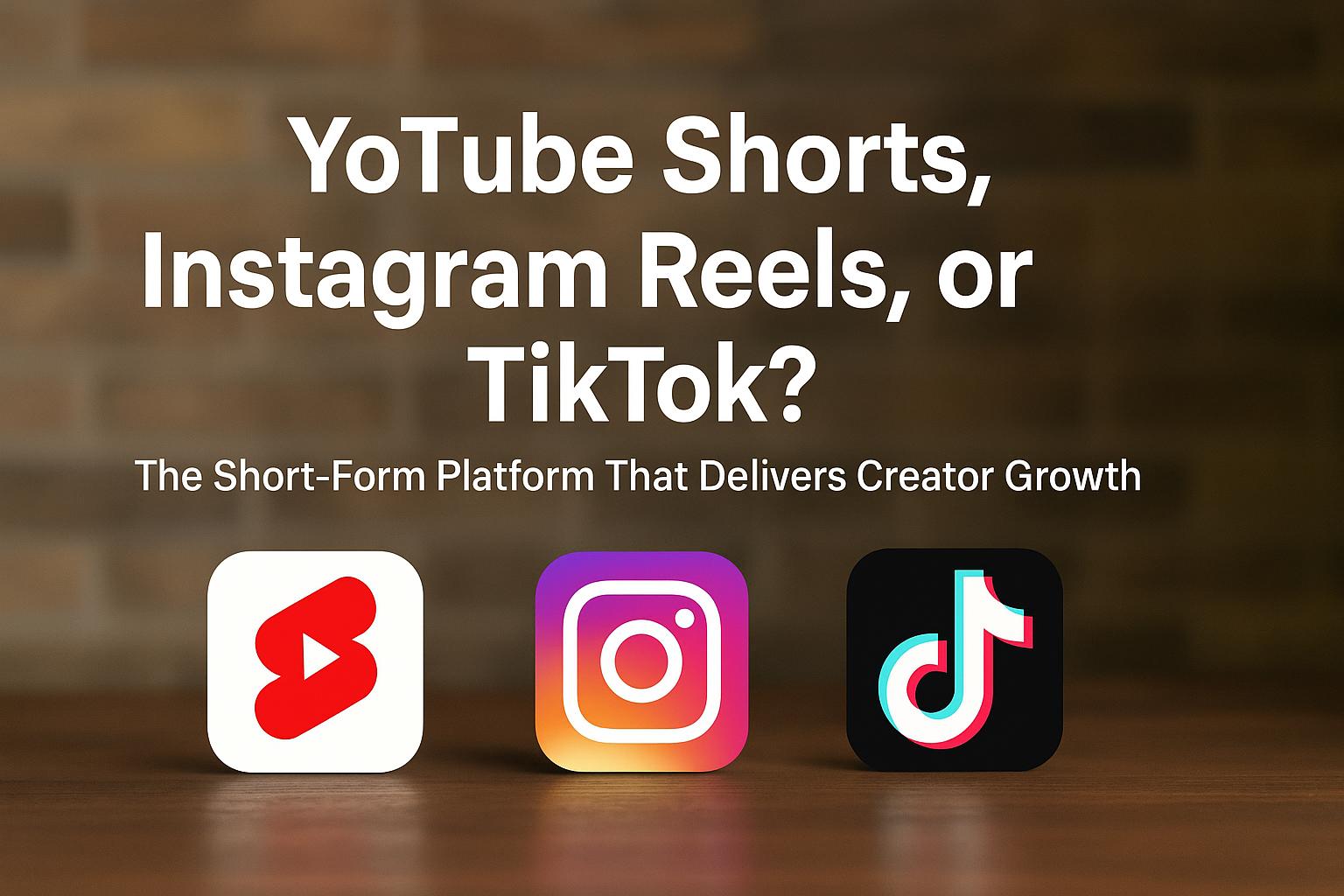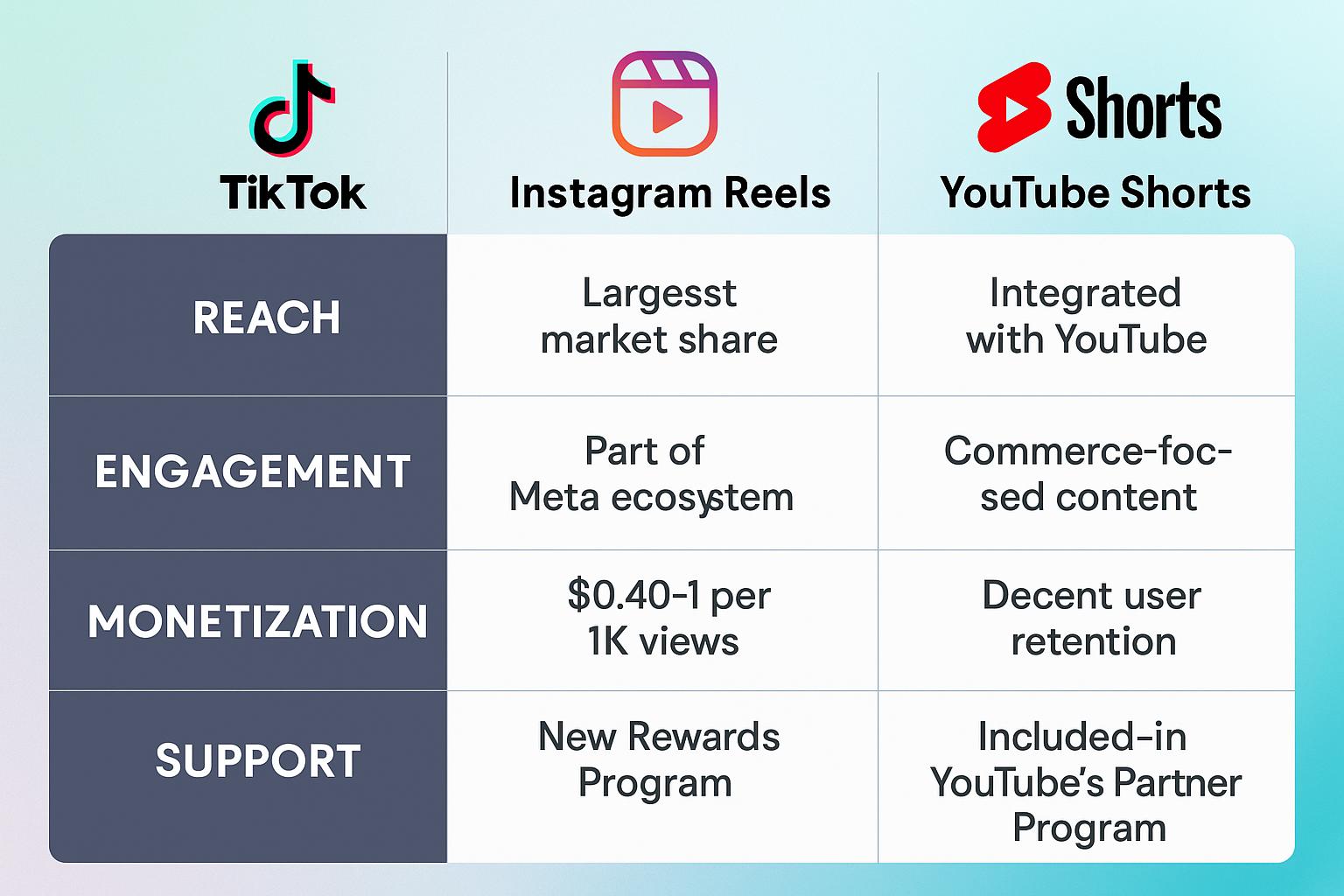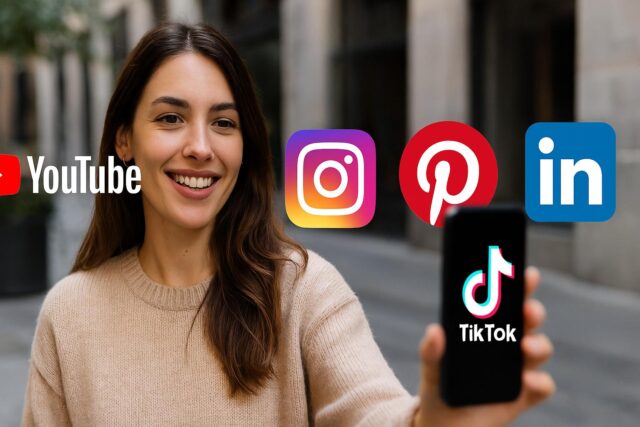How Amazon’s In-App Shopping Popups on Pinterest & TikTok Are Revolutionizing Affiliate Commerce in 2025
The Tectonic Shift: From Deep Links to One-Click Shoppable Moments
For years, affiliate marketers and social sellers have navigated a maze of links, browser redirects, and clunky conversion paths in hopes of closing a sale. The rise of deep linking—where links send users straight to a product in the Amazon app—was a gamechanger, but in 2025, the game has changed again. Amazon’s recent integrations with Pinterest and TikTok are revolutionizing how consumers shop within their favorite social feeds, making the buying journey seamless and more profitable for creators and brands alike.
What Are In-App Shopping Popups—and Why Do They Matter?
Amazon’s in-app checkout integrations mean shoppers no longer get bounced out to a mobile browser or have to re-login to their Amazon account. Instead, when they encounter a promoted Amazon product on Pinterest or TikTok, a shoppable popup appears right in the social app. This bridges the gap between discovery and purchase—unlocking the holy grail for affiliate marketers: frictionless, impulse-driven shopping.
- No more deep-linking headaches: Creators can focus on crafting compelling content, not troubleshooting link tech.
- Higher conversion rates: Shoppers are less likely to abandon their purchase without a disrupted experience.
- Data-rich tracking: Enhanced analytics offer both Amazon and creators better attribution and campaign optimization insights.
The Creator Perspective: Real-World Impact
“You think about deep links, and we’re also very concerned about deep links. Real, quick, deep link means it opens in the app instead of opening in a browser on someone’s phone… But what Amazon is doing? They’re changing the game. But we don’t even have to worry so much about deep links—they want us to have in-app shopping.”
This insight from social commerce expert Ileane Smith highlights the magnitude of the shift. Previously, creators sweated over technical details like deep linking—sometimes losing commissions if a link opened in the wrong context. Now, Amazon is removing those barriers, empowering affiliates to focus squarely on storytelling, product discovery, and community engagement.
Prime Day and Beyond: The New Playbook for Affiliates
With Prime Day and other major shopping events on the horizon, these in-app integrations are poised to supercharge affiliate sales. Here’s why this matters for every seller leveraging social media:
- Bigger Audience Reach: Pinterest and TikTok boast billions of monthly active users, with Gen Z and Millennial shoppers driving trends. In-app popups make every shoppable post a potential conversion point.
- Promoted Content Gets a Boost: When Amazon promotes influencer content as in-app shoppable, those posts get more algorithmic reach—and higher earnings potential.
- Agile Campaigns: With tracking and checkout simplified, affiliates can iterate campaigns faster, trying new creative hooks and trending products without waiting on backend link updates or approvals.
For DTC brands and Amazon sellers, this is a must-watch trend. It shifts budget focus from traditional search and display ads to social-first strategies that prioritize creators and native shopping experiences.
How to Optimize Your Content for In-App Shopping Success
- Create with the Algorithm in Mind: Short, visually-arresting video—and mobile-friendly Pins—drive engagement and get picked for Amazon’s in-app shopping features.
- Stay Authentic: Social shoppers value genuine reviews and real-world product use, not just polished ads. Share your honest perspective and ‘how-to’ demos.
- Prime Your Links: While in-app shopping is rolling out, double-check your affiliate tracking. Use Logie’s dashboard to ensure attribution so commissions aren’t lost in test phases.
- Track Results & Iterate: Leverage enhanced analytics from both the social platforms and your affiliate dashboard. Double down on posts and formats that convert best.
Key Takeaways
- In-app shopping popups are reshaping affiliate marketing by removing friction and boosting conversions.
- Amazon’s integrations with Pinterest and TikTok are especially powerful for creators targeting Gen Z/Millennial audiences.
- Now is the time for social commerce creators to adapt strategies—Prime Day 2024 could set new earning records for those who leverage these features.
Ready to Elevate Your Social Shopping Strategy?
If you’re serious about affiliate marketing and social commerce, you can’t afford to ignore these shifts. Creators who adapt early to in-app shopping will see more reach, higher conversions, and bigger payouts. Don’t let outdated tactics hold you back—experiment, optimize, and win in this new era of seamless social shopping.
